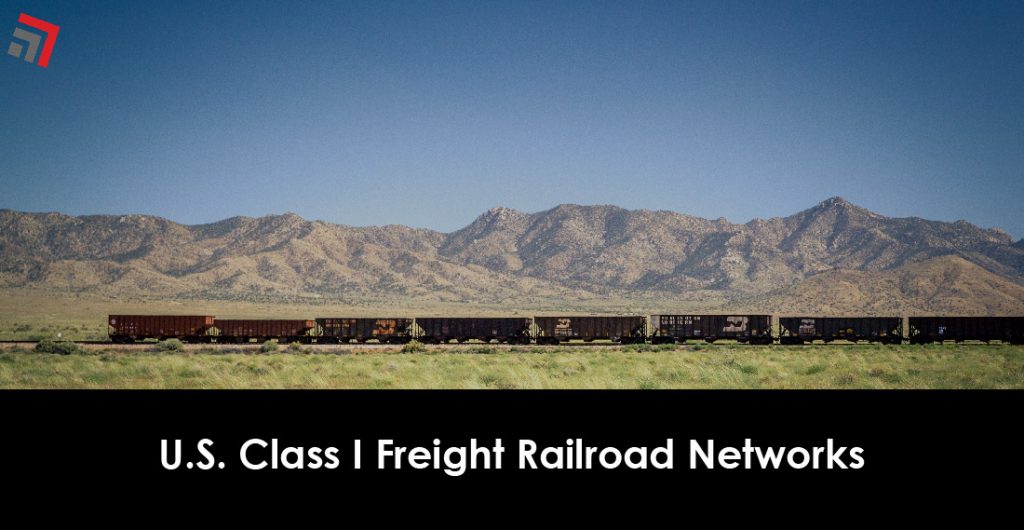Commerce Express Weekly Road Map:
June 3rd, 2025
Keeping you informed on the latest news/insights in our industry.

Tariffs: Last Wednesday (May 28th), the U.S. Court of International Trade (CIT) ruled that President Trump “overstepped his authority” on a variety of tariffs that he imposed. The ruling came after lawsuits were filed by small businesses and a dozen U.S. states.
This impacts a variety of tariffs including the 30% tariff on Chinese goods, 25% tariff on imports from Mexico/Canada, and the 10% universal baseline tariff. The tariffs under other authorities, such as Section 232 (autos, steel, and aluminum) and Section 301 are not impacted, at this time.
Following the U.S. Court of International Trade’s ruling, the Trump Administration immediately appealed the ruling to the U.S. Court of Appeals for the Federal Circuit. Shortly after, on Thursday, May 29th, the Court of Appeals allowed a temporary stay of the CIT’s decision and injunctions.
What to do now? Well it’s important to monitor future changes in trade policy and adjust import strategies to prepare for increasing regulatory oversight. As such, you should be having conversations with your provider and/or customs broker on how to mitigate this. If you have questions, please don’t hesitate to reach out to our team. We’d be more than happy to have a conversation with you about this.
Diesel Update: The average price of diesel decreased by 3.6 cents a gallon. Putting the average price of diesel at $3.451, per the U.S. EIA.
The Midwest region (down 4 cents), USWC (down 2.7 cents), USGC (down 3.9 cents), and the USEC (down 3.8 cents), all saw increases compared to last week.
Infrastructure: The FMCSA has opened applications for its fiscal year discretionary grant programs, offering a total of $90 million in funding. According to their press release, these grants will support projects aimed at enhancing motor carrier safety training for non-federal personnel and providing commercial motor vehicle (CMV) operator training for prospective CDL holders.
Intermodal: When Union Pacific opens their intermodal terminal in Kansas City, they have decided to stack containers versus keep them on chassis. Their reasoning for this, as reported by the Journal of Commerce, is it will be more efficient.
Commerce Blog
The American freight rail network is operated by a few, but powerful, carriers. The U.S. has some 140,000 miles of track, the most expansive of any other country in the world, which is owned and operated across four companies referred to as Class I railroads.
By definition, Class I railroads exceed an operating revenue of $490 million (adjusted for inflation annually).

Hurricane Season Begins: Things to Know
Hurricane season officially runs from June 1st through November 30th, with the peak period typically falling between mid-August and mid-October. While named storms can form outside these dates, this is when activity usually ramps up.
According to the National Oceanic and Atmospheric Administration (NOAA), the 2025 Atlantic hurricane season is expected to be above normal. Their latest forecast predicts: 60% change of an above-normal season, 30% chance of a near-normal season, and a 10% chance of a below-normal season.
What does this mean for the trucking industry?
Preparation is key. From port authorities to freight carriers, stakeholders across the supply chain are already preparing for potential disruptions. When a major storm is forecasted, the market begins to shift – well before landfall.
Here’s what typically happens: shippers rush to move freight ahead of potential shutdowns or delays. Demand spikes, especially in at-risk regions. Rates become volatile as available capacity tightens quickly.
Whether you’re moving freight domestically or through hurricane-prone ports, it’s crucial to stay informed and proactive during this season.





Recent Comments